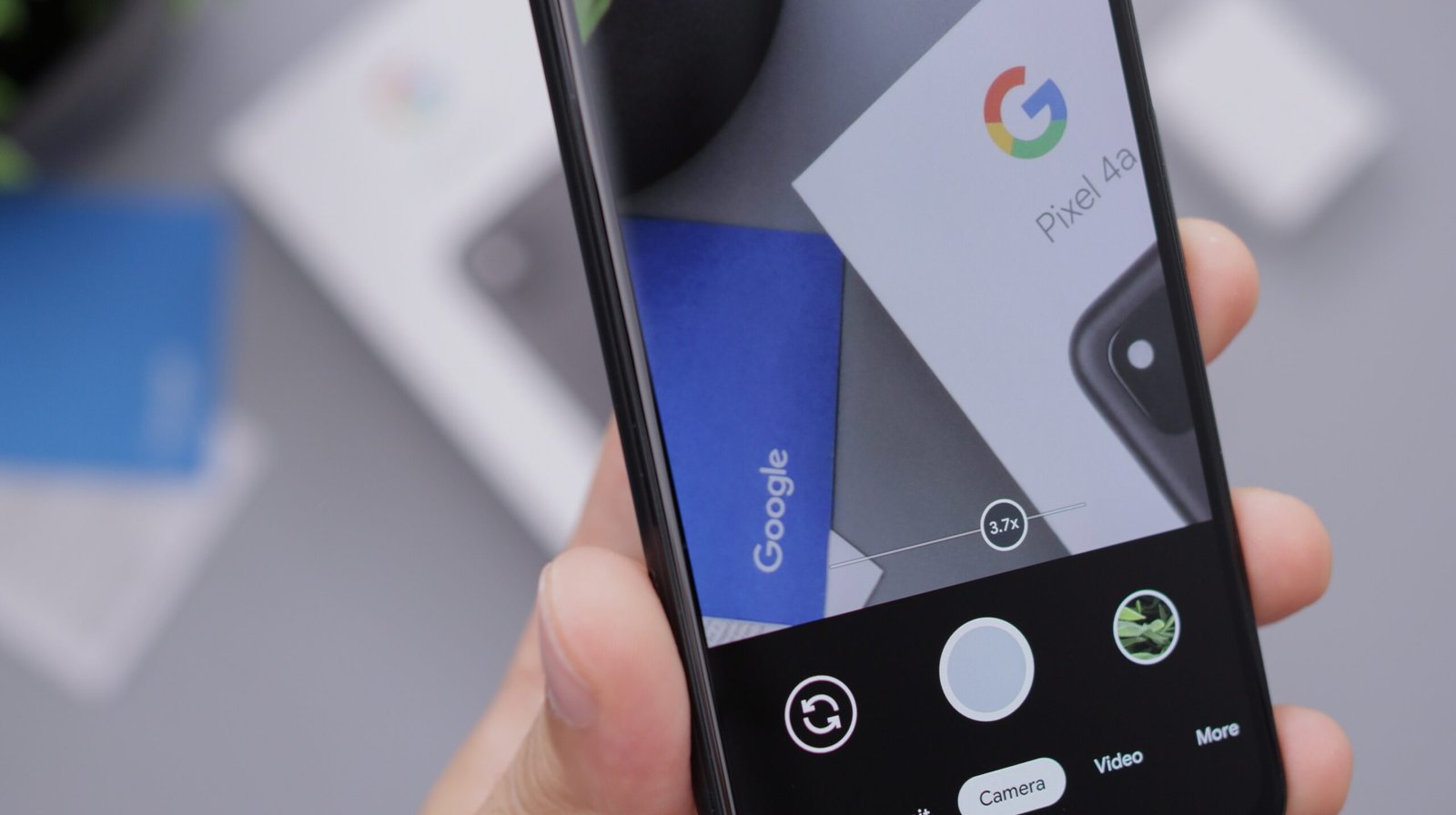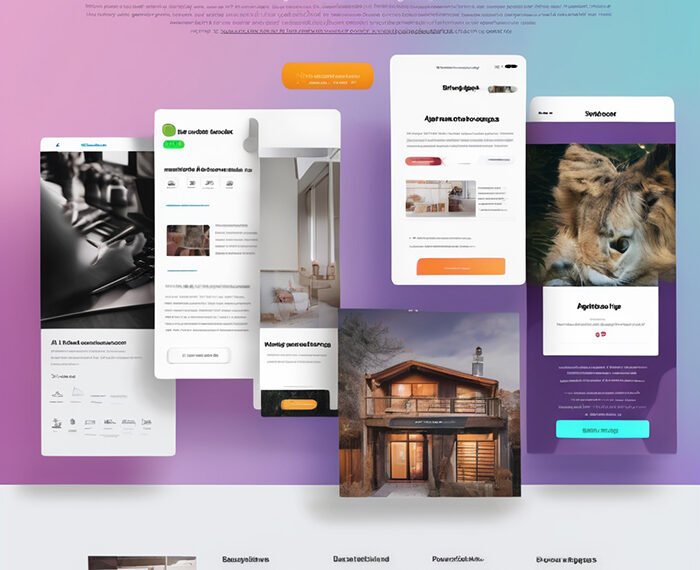Google is integrating its Bard AI chatbot with Assistant, aiming to enhance the functionality and interaction capabilities of its voice assistant. The addition of Bard, Google’s large language model-powered chatbot, is expected to improve Assistant’s ability to carry out complex tasks and make it easier to interact with. With this integration, users will be able to use Assistant for a wider range of functions, such as processing visuals through their smartphone cameras and responding to voice prompts. Google is also planning to introduce an Assistant “overlay” for Android phones, which would allow Assistant to appear on top of other screen content. The Bard-powered Assistant will initially be available to a small group of trusted users before being made available to the general public in 2024.
Google Fuses Bard AI Chatbot with Assistant
Google recently announced the integration of its Bard AI chatbot with Assistant, its popular virtual assistant. This integration aims to enhance the functionality of Assistant and provide users with a more advanced and convenient experience. By combining Bard’s language model-powered chatbot capabilities with Assistant’s existing features, Google hopes to make the Assistant app more capable of carrying out complex tasks and easier to interact with.
Read more about the Latest Money News
Integration of Bard with Assistant to Improve Functionality
While Assistant has been widely used for simple tasks such as setting alarms and making calls, the integration of Bard is expected to enable the virtual assistant to handle more complex tasks. Sissie Hsiao, Google VP and general manager of Assistant and Bard, explained during a Zoom call that the goal is for Assistant to be able to handle both big and small tasks for users. This integration will not only expand the range of tasks Assistant can perform but also improve its ability to understand and respond to user requests.
Multimodal Capabilities of the New Assistant App
The new Assistant app will be multimodal, meaning it will be capable of intake and processing of visuals through the smartphone camera. This feature will allow users to interact with Assistant using both voice prompts and visual cues, enhancing the user experience and making the app more intuitive to use. By processing visual information, Assistant can provide more accurate and relevant responses to user queries.

Read more about the Latest Money News
Extensions to Connect Bard with Other Google Apps
Google plans to connect Bard with several other Google apps, including Gmail, Docs, Maps, and Travel. This integration will allow users to seamlessly access information and perform actions within these apps using Assistant. For example, Assistant can summarize important emails, provide maps and directions, and offer travel recommendations. To address privacy concerns, Google will make the sharing of personal information with Assistant through Gmail and Docs extensions optional, giving users full control over their data.
Privacy Measures for Gmail and Docs Extensions
With the integration of Bard and Assistant, Google acknowledges the need to maintain user privacy. As mentioned earlier, the sharing of personal information with Assistant through Gmail and Docs extensions will be opt-in, meaning users will have to explicitly agree to share such information. This ensures that users have control over their data and can choose to keep sensitive information private if they so desire.

Development of Assistant Overlay for Android Phones
Google is also working on an Assistant “overlay” for Android phones, which will appear on top of the phone screen. This overlay will allow users to access Assistant without interrupting their current activities on their phones. For example, users can generate text messages using information from product listings while viewing other content on their screens. By integrating Assistant as an overlay, Google aims to provide users with a seamless and integrated experience that enhances their everyday smartphone usage.
Limited Availability for Trusted Users before General Release
Before making the new Bard-powered Assistant app widely available, Google plans to initially release it to a small group of trusted users for testing and feedback. This limited release will enable Google to refine and improve the Assistant app based on user experiences and suggestions. After this testing phase, Google will expand the availability of the app to a broader user base, with a projected general release in 2024.

Bing’s Conversational AI Search Unlikely to Challenge Google
While Google continues to strengthen its AI capabilities, competitors such as Bing are unlikely to pose a significant challenge to Google’s dominance in search. Microsoft CEO Satya Nadella initially expressed optimism about Bing’s conversational AI search, but he later testified that this technology may actually reinforce Google’s market leadership. According to Nadella, Google’s control over content used to train language models gives them an advantage in developing powerful AI-driven search capabilities. This dependency on Google for training language models makes it challenging for competitors to compete effectively in the AI-powered search market.
Possible Reinforcement of Google’s Monopoly with AI
Google’s increasing dominance in the AI space raises concerns about reinforcing its monopoly. The integration of AI capabilities into Google’s products and services creates a potential cycle where defaults favor Google, making it difficult for competitors to gain traction. As AI becomes more integral to Google’s search engine and other offerings, it solidifies Google’s control over content, data, and user experiences. This concentration of power raises concerns about the influence Google exerts over the open web and the availability of alternative options for users.
Gartner Research on Enterprise Adoption of Generative AI
Gartner’s research indicates that a growing number of enterprises are exploring and adopting generative AI technologies. A survey conducted by Gartner reveals that 45% of the executive leaders polled are currently piloting generative AI, while another 10% have progressed beyond the pilot stage and are using generative AI models in their everyday business operations. The primary motivations for deploying generative AI include stimulating growth, optimizing costs, and enhancing customer experience. The survey findings also indicate that 55% of organizations plan to increase their investment in generative AI, as the perceived benefits outweigh the associated risks.
Piloting and Production of Generative AI in Enterprises
Enterprises are increasingly piloting and deploying generative AI technologies. The Gartner survey shows that a significant percentage of companies are in the early stages of experimentation or have already moved generative AI models into full production. Organizations are realizing the potential of generative AI in enhancing operational efficiency, driving growth, and improving customer satisfaction. This shift towards generative AI reflects a broader industry trend where businesses are focusing on quantifiable value and business agility, moving beyond cost optimization as the primary driver of AI adoption.
In conclusion, the integration of Bard with Assistant holds significant promise for improving the functionality and capabilities of Google’s virtual assistant. By combining the power of Bard’s language model with Assistant’s existing features, Google aims to provide users with a more advanced and user-friendly AI-powered experience. However, this integration also raises concerns about reinforcing Google’s monopoly in the AI space and the potential challenges faced by competitors. As enterprise adoption of generative AI continues to grow, businesses are realizing the benefits and investing in the technology to drive efficiency and growth.









